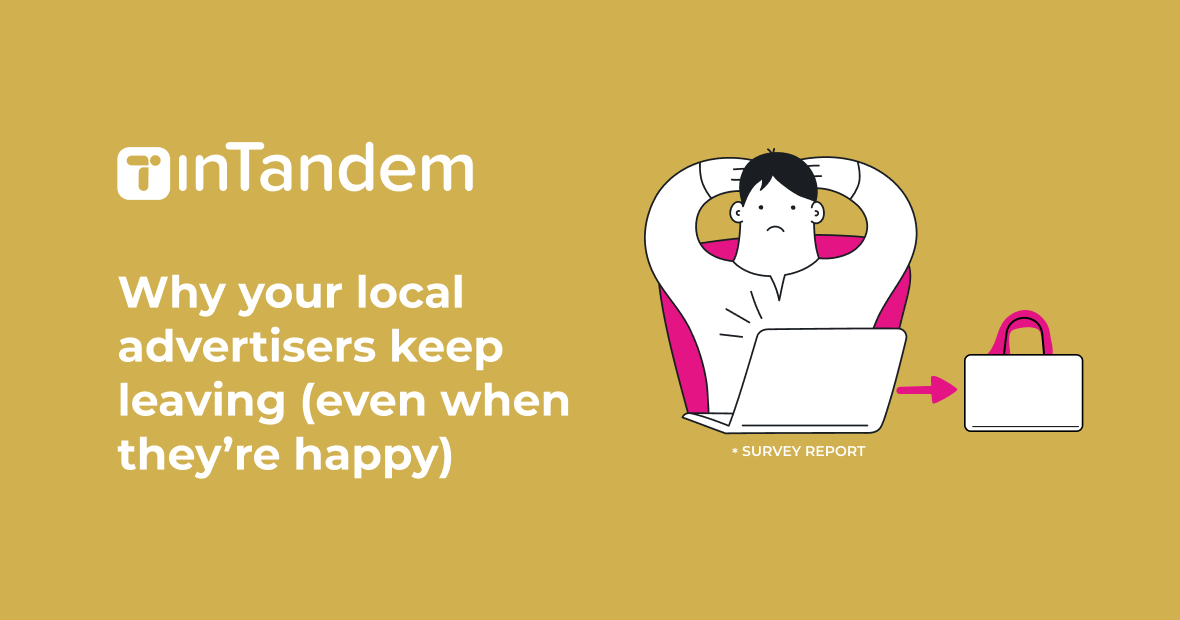An entire small business sector — from health, legal and financial consultants through personal service providers to manufacturing companies — face similar challenges, even during “business as usual” periods. Attracting customers, maintaining clients, expanding products and services, and securing cash flow are issues that affect small businesses globally — and are even compounded during times of crises. However, the COVID-19 crisis has been different than other times of turmoil — not only has it changed the way that organizations are operating, but it’s also changing the entire business landscape, particularly in the area of digitalization. Whether they are hindered by social distancing restrictions or need to move their services online, small businesses are burdened with balancing their core activities and with planning for the “Day After”.
While lumping all small business challenges into one pile might seem to be a generalization, the secret to success is not the shape of the pile, but the process: First of all, you need to identify and understand the specific challenges that small businesses face and then address these challenges to prepare for periods of innovation-led growth.
In part 1 of this 2-part blog series, let’s take a look at some of the most painful points of small businesses in times of crises, before and beyond COVID-19:
PART 1: Understanding small business challenges in trying times
Let’s start with the bad news: Crises for businesses have existed long before COVID-19 and will continue to occur the Day After. It’s rarely something that one can anticipate in advance — from stock market crashes to pandemics and riots, geographical factors such as earthquakes or fires, or political changes such as Brexit or the dismantling of the Soviet Union. The good news is that it’s a matter of perspective whether you call it a crisis or an opportunity. To get to the point, let’s examine some of the challenges of small businesses around the world, as well as what some of our own small businesses reported during the recent COVID-19 pandemic.
Attracting customers is the most important challenge, said U.S. SMEs
Six months before the onset of COVID-19, SMEs in the U.S. said that attracting customers was the most important challenge, according to Statista. This challenge was cited by more than 40% of respondents — more than six months before the onset of the current pandemic. Retaining or recruiting skilled employees was also listed at approximately 17%, followed by securing financing for expansion at more than 11% and developing new products and innovation at more than 9% of survey participants.
Specific SME challenges during COVID-19
Along came the unexpected COVID-19 outbreak. It’s clear that the coronavirus pandemic is affecting businesses worldwide and is having a massive impact on the global economy. But this crisis is different from the financial calamity of 2008, for example. The abrupt halt of the economy across industries and social distancing measures have brought some new challenges to the table.
Hard to maintain customers remotely
In addition to attracting customers, maintaining them or encouraging them to return is even harder during times of crises. Relationships need nurturing even during “normal times.” To keep their clients engaged and maintain an open channel of communication that remains relevant, several measures can be taken even when services cannot be delivered as usual. These may include offering gift cards to use in the future, updating customers regarding when they plan to reopen again, phone/video call to see how they are feeling, or listening to their feedback so that you can improve your pricing, products or services.
Downsizing in order to survive
Downsizing or pivoting can be viable solutions to these challenges, but these create additional problems. Small businesses might be a one-person operation or a staff of a few. Therefore, cutting staff is not an option if they are already small, in times of trouble. If they are limited in product or service scope and want to pivot in another direction, they might not be able to scale up with additional staff members or contractors due to the lack of finances to pay for their salaries or fees.
Difficulties in digitalization
We surveyed vcita’s small business customers about their challenges during COVID-19, how their business is doing these days and if they are able to make the move to digital. Out of the 80 respondents in our survey, only 19% reported “business as usual”. Nine percent could not move their services online, because their products or services simply were stuck, could not be delivered digitally. As a result, they felt that their business was “stuck”.
What was interesting was the 42% of small enterprise owners said that they had moved all their services online. Although this is good news for these businesses, we deducted that less than half of our current small enterprises are newbies in their online operations. In fact, 30% of the small business owners wanted to move their services online but were not sure how to execute this shift. Some learned that even if their services could not be moved online, they could digitalize customer touchpoints such as scheduling or contactless payments and find new ways to communicate and establish a personal connection with their customers. Through digital technology, they managed to keep them close despite their physical distance.
Stumped regarding securing cash flow
Even ten years ago, an OECD study described SMEs as being “generally more vulnerable in times of a crisis” due to many reasons – one of them being a weaker financial structure. Small businesses have less access to massive funding as they do not have the support of a larger corporation or credit rating that an established conglomerate can provide. In times of crises they can be especially vulnerable as they might have a low credit rating or none at all.
For SMEs, there are currently two additional challenges: 1) less demand for their products and services 2) delays in payments from customers, which in turn delays their own ability to pay their suppliers on time. Delays in payments can happen in normal times, but are compounded in times of crises – paired with the uncertainty of when the market will recover again can lead to the business closing-down completely.
Conclusion
Small businesses have been challenged regarding how to maintain their clients, move their business online and maintain cash flow. Some have pivoted and adapted the way they offer their services and received financial aid through various government initiatives to keep their businesses afloat. Others have asked to defer payment for rent or suppliers. However, small businesses, with proper assistance, education and planning can go beyond simply surviving.
Read Part 2 of this blog series – How banks look to address the new normal of SMEs – to learn how banks can lead with value by addressing the new normal of their small business customers.
Want to learn more about our partnership options? Click here.


























